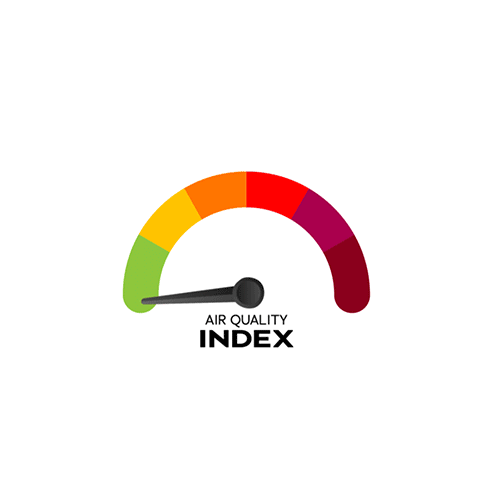Device and Solutions

Building a solution for indoor air quality in India was near-virgin territory with a potentially disinterested or unaware clientele and an as-yet undeveloped business model.
When we started out, the main challenge was to create a product that can not only measure key pollutants in indoor air but also generate data 24X7 to create a strong and reliable dataset for analysis.
Our primary objective was to introduce a compact IoT-based IAQ monitoring device that allows users to see the air they breathe in terms of pollutants like PM2.5, PM10, CO2, and TVOC and keep track of temperature and humidity levels. Our effort was, and subsequently build a bouquet of services that can help improve IAQ.
Speed was of the essence. Within a year,. We aimed to complete the steps of scope preparation, product rationale and tech scope, prototyping, and testing.
The IAQ device facilitates functions like the measurement, recording, and analysis of key indoor air pollutants.


The device helps the formulation of data-driven action plans, thereby providing realistic and cost-efficient remedies to substantially enhance IAQ and create a healthier indoor space for their customers, employees, clients, and other stakeholders
The IAQ device and solutions have the potential to help businesses augment revenues.


We have identified premium educational institutions, hotels, hospitals, and corporations as the high-potential market segments entities. Our market analysis showed their substantial financial capabilities, maturity within their respective sectors, and their vulnerability to health-related risks associated with inadequate IAQ.
Our strategic marketing approach and pre- to post-installation support system centers on promoting comprehensive consultancy services while simultaneously presenting holistic solutions to enhance IAQ based on the needs of specific businesses, sites, or locations.

Aligns with the global “Pure Rooms” movement in the hospitality sector, particularly vital in regions with poor air quality like India.
© 2021: Handholders Global








